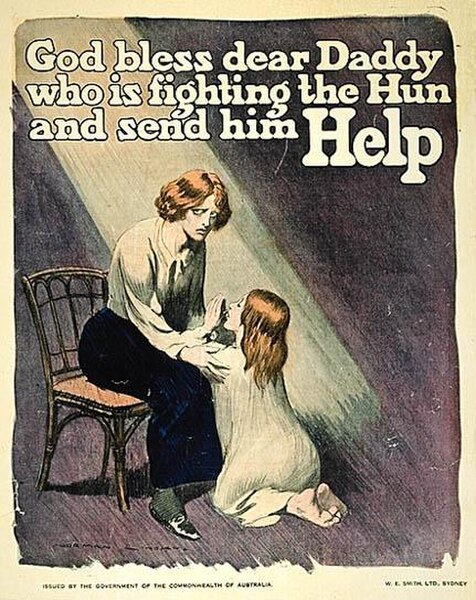Redheap, also published as Every Mother's Son, is a 1930 novel by Norman Lindsay. It is a story of life in a country town in Victoria, Australia in the 1890s. Lindsay portrays real characters struggling with the social restrictions of the day. Snobbery and wowserism are dominant themes. In 1930 it became the first Australian novel to be banned in Australia. The novel forms the first part of a trilogy.
1934 edition
Norman Alfred William Lindsay was an Australian artist, etcher, sculptor, writer, art critic, novelist, cartoonist and amateur boxer. One of the most prolific and popular Australian artists of his generation, Lindsay attracted both acclaim and controversy for his works, many of which infused the Australian landscape with erotic pagan elements and were deemed by his critics to be "anti-Christian, anti-social and degenerate". A vocal nationalist, he became a regular artist for The Bulletin at the height of its cultural influence, and advanced staunchly anti-modernist views as a leading writer on Australian art. When friend and literary critic Bertram Stevens argued that children like to read about fairies rather than food, Lindsay wrote and illustrated The Magic Pudding (1918), now considered a classic work of Australian children's literature.
Lindsay in 1921, photographed by Harold Cazneaux
Norman and Rose Lindsay c. 1920, photographed by Harold Cazneaux
Norman Lindsay, The trumpet calls (Sydney: W. A. Gullick Govt. Printer, c.1918); col. lithograph; 91 x 67.2 cm. National Library of Australia.
Cartoons such as this one, by Lindsay, were used both for recruitment and to promote conscription during World War I.





